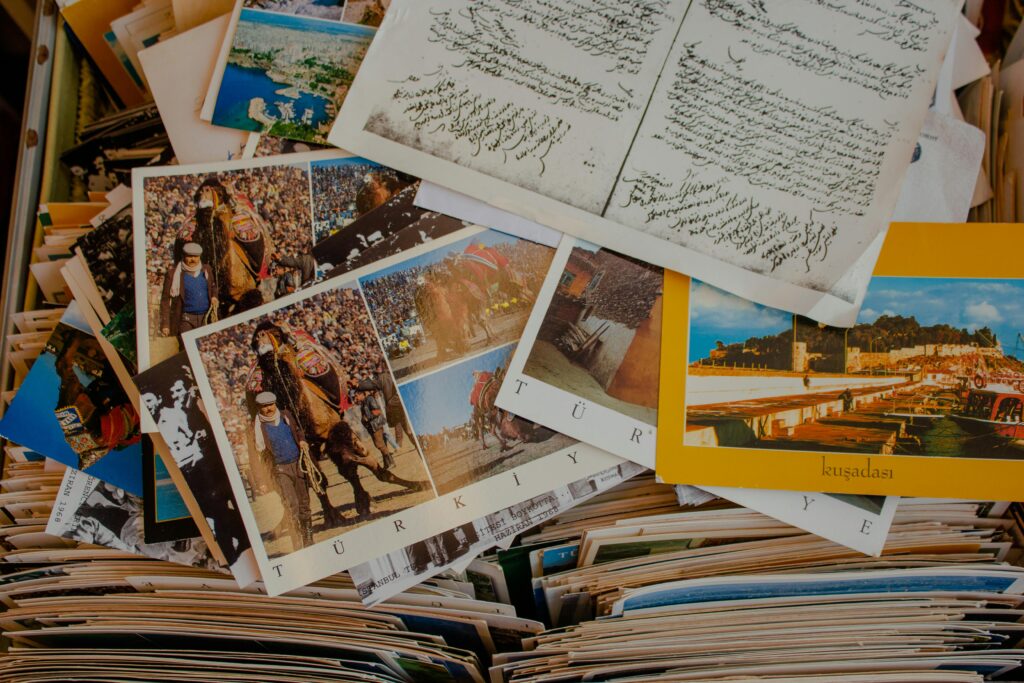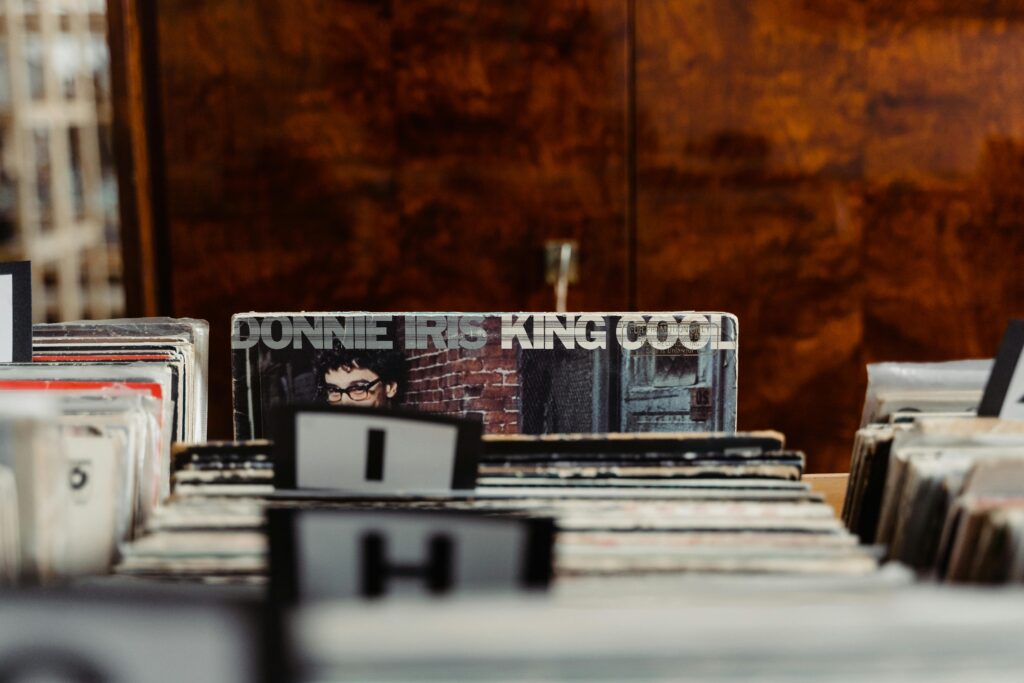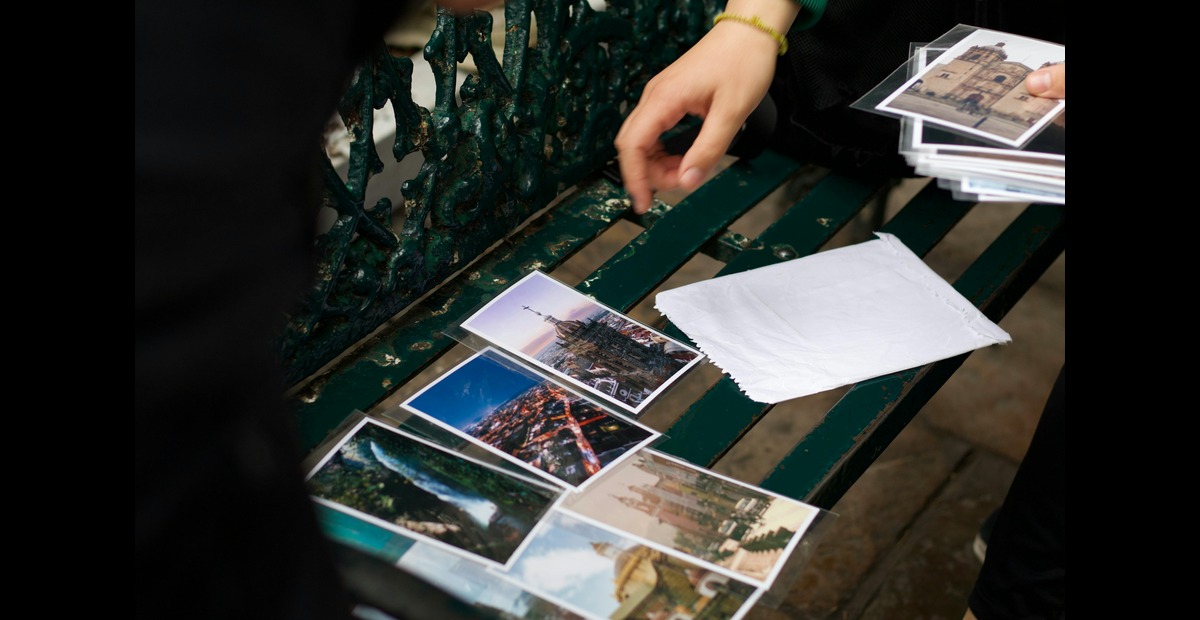Travel is one beautiful experience, and one way that most individuals look to remember their time in a place is by means of collecting souvenirs, trinkets, or pieces of art from the destinations. These collectibles are mostly imbued with a sense of emotional value since they remind the traveler of a precious moment, a unique culture, or a far-off place. However, you will inevitably accumulate more and more, as well as likely start thinking about where and how to display these traveller’s treasures in your home. This blog will provide ideas and inspiration for organizing and placing your treasures in a way that reflects on you and your travels.
Focal Point Selection: Curating a Travel Gallery Wall
Travel collectibles are best shown in a gallery wall. For flat or semi-flat items, such as postcards, maps, photos, and small pieces of artwork, it is great to put them on display. Here is Where to place traveler collectibles using steps for creating a travel gallery wall:
Choose a Wall: Select a primary wall in your home. Typical areas include living rooms, hallways, or entryways. The wall doesn’t have to be the largest area, but it should be visible
Frame Your Memories: Show photos, maps, or other small posters framed within a style of frame or mix and match for an eclectic look.
Layout: Plan out your layout before you start hanging anything. You can lay everything out on the floor, or you can use paper templates taped to the wall to get an idea of where everything is going to go in the final design.
Using shadow boxes or shelves with small items, such as keys, magnets, or figurines, adds depth to your gallery wall.
A gallery wall celebrates your travels but also gives a personal and artistic touch to your home decor.
Shelving Units: Revealing Larger Items

Huge sculptures, vases, and masks can be arranged in shelving units. Shelves are easy to work with because you may arrange different sizes and styles of your souvenirs on them.
Tips on How to Organize Collectibles on Shelves
Layer heights: You ought to mix your items with different heights to make them interesting. The tall ones go in the back, while the smaller collectibles take the front row.
Group by Theme or Location: Grouping items by the place they came from or by a theme (for example, seashells from beach vacations) helps tell a story and looks more cohesive.
Add Plants or Books: This will break up the collection and keep it from looking lumpy. Adding plants or books helps create more of a design element rather than a storage one.
Lighting: Of course, don’t forget about lighting too. Using spotlights or built-in shelf lighting really helps to pin point specific items to give it that museum-like feel.
Shadow Boxes: Well suited for Small size Mementos
For souvenirs that come in three-dimensional and small sizes like coins, keychains, or stub tickets, you can display and preserve them using shadow boxes. These are framed boxes that give an enclosed space whereby smaller mementos can be pieced together in many creative ways for Where to place traveler collectibles
How to Get the Best Out of Shadow Boxes:
Make a Collage: Plan a combination of objects that will be a symbol of one trip. Take, for example, a map, a small token, and a photo taken in the same place.
Use Layers: Play with three-dimensionality of the box itself by piling up objects on it. That increases depth and makes the display more dynamic.
Combine Various Textures: Have combinations of paper, fabric, or metal for contrasting visual effects.
Shadow boxes are very useful in front rooms, bedrooms, or as a component of a gallery wall.
Display Cabinets: Showing Delicate or Irreplaceable Antiques

If you have delicate or priceless items, for instance glass sculptures, breakable ceramics, or some antique that is just irreplaceable, a display cabinet will protect them and at the same time display them correctly. Glass door cabinets show off your collection and allow you to view them without allowing dust to enter them, or even damage it.
How to Choose and Mix Objects in Display Cabinets:
Cabinet Style: Choose the cabinet which you believe fit your interior design. An old wooden cabinet is going to be excellent for showcasing antique pieces, whereas glass and metallic cabinet would be great for showcasing contemporary pieces.
Layering: Place larger objects on the bottom drawers and smaller objects on the top shelves to create a visual balance. You can also make use of stands or risers to elevate the small objects.
Rotating Display: If you have many, then you can rotate which pieces are on display. In that sense, the display will never be the same, and you will never overcrowd the whole display.
Lighting Inside Cabinets: With a light placed inside the cabinet, your display can shine. You can call attention to any prized piece by using built-in lighting with your cabinet.
Introducing Collectibles into Daily Life Rooms
Another is to incorporate your traveler collectibles into daily life by using them as parts of house decorative arrangements. The techniques would add that warmth and personality to functional spaces.
Techniques in Integrating Collectibles into Daily Environments
Functional Objects: Some collectibles, such as handmade bowls, textiles, or pottery, can be both multifunctional and aesthetically decorated. Use it as a serving dish, a throw, or a decorative pillow in the house.
Bathroom and Kitchen: Decorate with small, saline-like objects such as shells or stones and ceramics in an open shelving style in the bathroom or kitchen. These pieces will remind you of your travels as they harmoniously complement existing decor.
Combine with Furniture: Add woven baskets, rugs, or tapestries with your furniture arrangements. Continuously showing travel treasures as part of your living will make travel recollections continually resonate through your mind.
Repurposing Travel

Finds Some of the travel collectibles can be repurposed into new, useful items for your place of residence. This is one fabulous way to add some personal touch to Where to place traveler collectibles while giving new life to items that would otherwise collect dust.
Creative Repurposing Ideas:
Turn Maps into Wallpaper: Perhaps you’ve collected maps of places you’ve visited. These make excellent wallpaper for a small room such as an office or an entrance.
Use Postcards as Coasters: And finally, you might want to save your postcards as coasters. Laminate them, attach cork backing and turn them into cute, useful objects.
Turn Fabrics into Art: You return from a distant market with some beautiful scarf or tapestry or some piece of fabric. Frame it and hang it in your living room or bedroom as a statement piece.
Rotating Displays: Keeping it Fresh
If you go on a lot of trips, and your collection keeps going and going, perhaps it’s time for a rotating display. You can change out what’s being displayed often, so a new souvenir will always have its time in the spotlight, but you still won’t clutter up your space.
How to Change Your Collection
Seasonal Themes: Switch up what you’re displaying based on the season, or when the year is starting or ending. Show the tropical spots’ trinkets summer, and save the colder location stuff for winter.
Highlight New Additions: Rotate in fresh items as soon after returning from a trip as possible so your space remains fresh.
Use Storage Bins: Put things away in a labeled bin or box, making it easy to swap it out when you want to refresh your space.














